Village of the Week: When tea was top contraband and Sewerby became a smuggler's haven
Not items that you would ordinarily associate with the history of an East Yorkshire village but they are, and in their own way give a fascinating and tangible peek into times gone by at Sewerby.
Already a settlement by the time of The Domesday Book, it was known as Siwardbi, possibly with Danish links, and the area was passed to Osbert de Sywardby sometime in the 1170s.
Advertisement
Hide AdAdvertisement
Hide AdHis descendants would keep control of the land for some 400 years until 1567 when it was sold to John Carliell.
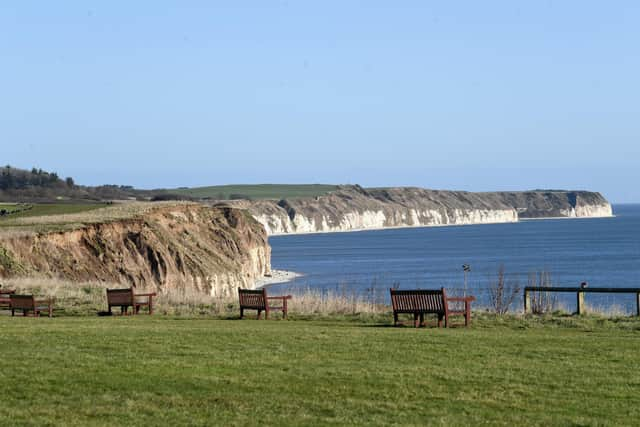

The Carliell family held the land until 1714 when it was sold to John Graeme.
And it is here, that the origins of Sewerby as we know it now, began. However, in the time up until then the village had also been known as Sywar dby (1284); Siwardeby, Sywardeby, Syuuardby (1312); Seuerdby, Siwardeby, Sywardby (1315); Sywardeby (1346) and Sewrby (1650).
Apparently, John Graeme and his son Robert made their fortunes by acting as agents for Lady Boococke, a considerable landowner in Bridlington.
Advertisement
Hide AdAdvertisement
Hide AdHe re-built Sewerby House between 1714 and 1720 with ten houses being demolished to make way for it.
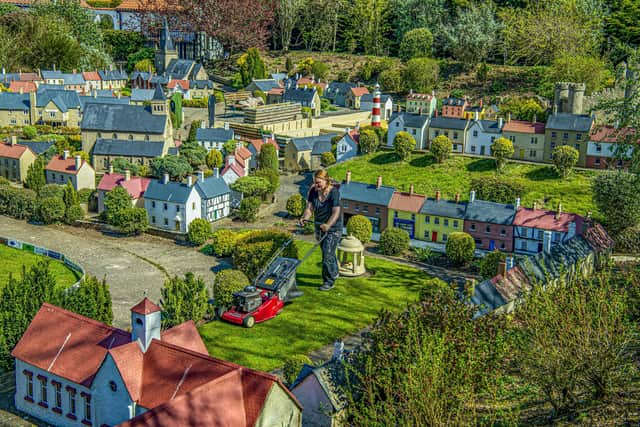

Traces of the old house can still be seen and further major works were done in 1808, the 1830s, 1840s, and 1890s.
In 1841, Sewerby Hall passed to Yarbugh Graeme who undertook many more improvement and development projects, becoming the most prolific builder of the Graeme family.
One of his more notable additions to the house was an orangery – which were a very fashionable addition to significant houses in Europe in the 17th to 19th centuries.
Advertisement
Hide AdAdvertisement
Hide AdIt was elaborate for its time and reminiscent of the glasshouses created by Chatsworth's famous gardener Joseph Paxton, creator of the Crystal Palace in London which housed the Great Exhibition of 1851.
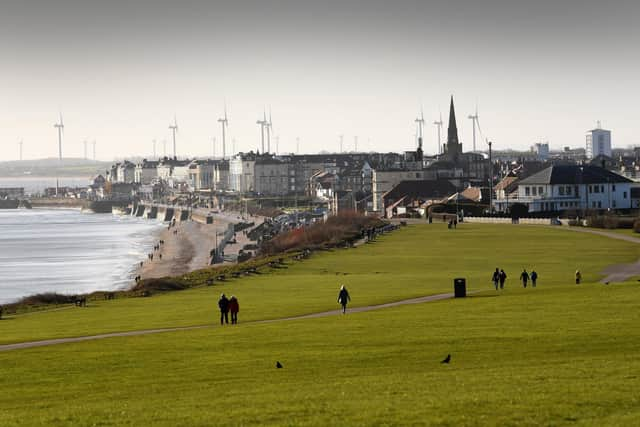

The Greames left Sewerby and the house was sold to Bridlington Corporation in 1934 with the idea of turning the grounds into a public park for local people and visitors alike. The orangery became an elegant cafe which was known as the Solarium in the years that remained before the outbreak of World War Two.
Sewerby Hall tells the story to visitors of how it had been commandeered by the military in 1940 and, by 1941, the house had become a convalescent hospital for the many RAF personnel billeted around Bridlington.
During that time, the orangery was a ward of twenty two beds and the glass roof covered over.
Advertisement
Hide AdAdvertisement
Hide AdIt wasn’t just the orangery that was part of the war effort.Elsewhere in the house was equipment to treat civilian victims of bombing raids on Bridlington with capacity to perform blood transfusions.
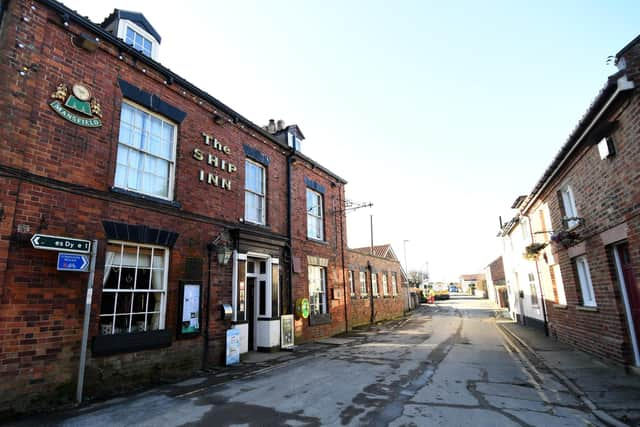

After the war, the house was returned to the Corporation and the orangery resumed its pre-war function as a cafe.
Visitors to Sewerby will also perhaps see a rather unassuming tea caddy amongst the thousands of other pieces of history.
It may appear just to be a wooden box but in the 1700s was a sign of wealth, and at the opposite end of the spectrum – smuggling.
Advertisement
Hide AdAdvertisement
Hide AdWhen out of use, the caddy was locked and the key was the property of the housekeeper, such was the precious value of its contents. The craftsmanship of your tea caddy was indicative of the social status of tea during the eighteenth century – it was the nation’s drink by 1750.
In 1733 a pound of tea cost 5 shillings; 4 shillings and 9 pence of that was tax. A pound of tea was more expensive than a gallon of French brandy.
However, a pound of tea cost 6 pence in Holland, which was recharged to English smugglers for 2 shillings, when sold on at home for 4 shillings and 6 pence, making a profit.
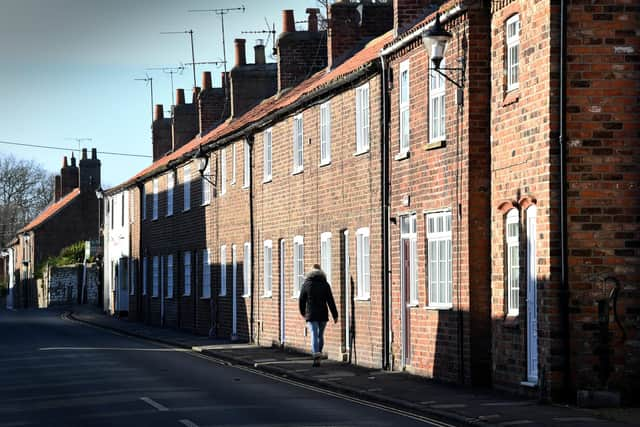

And, with Sewerby sat on the top of a cliff on Yorkshire’s coastline with hidden coves and beaches, it wasn’t just fish that local cobles were landing and smuggling became big business to coastal communities.
Advertisement
Hide AdAdvertisement
Hide AdThe sea also served profitable for a paddle steamer called ‘Frenchman’, which was built in 1892. It had a double life working in winter as a tug and during summer as a pleasure cruiser at Bridlington.
The Frenchman carried tourists from Bridlington Harbour, past Sewerby and onto Bempton cliffs to view the seabirds. Due to its profitable success as a pleasure cruiser, it was extended in1906 to carry 250 passengers.
In 1918, Frenchman was used for war defence work but returned to Bridlington a year later and did day trips until 1927.
It was superseded by the Yorkshireman and ended up being a coal hulk. The ship’s bell is all that remains after the Frenchman was broken up in 1968.Away from the house, the village of Sewerby remains sought after with properties for sale being a rarer occurrence than in many East Yorkshire villages.
Advertisement
Hide AdAdvertisement
Hide AdThe Ship pub, which has a varied history of its own, is traditional and busy with beer and music festivals and food, while the village church, St John the Evangelist is Grade II listed and recorded in the National Heritage List for England, maintained by Historic England.
The area is also home to Yorkshire's last remaining model village, bought more than a decade ago by a couple who thought they might like its tea shop. Now it is one of Bridlington's biggest tourist attractions.
Bondville, built in the 1980s, was one of three of its kind with the others in Hornsea and Withernsea.
It has around 200 buildings, 800 characters, a working harbour, with fishing boats and yachts. Then a waterfall, canal complete with barges. An abbey, three churches, three pubs. Even a tiny cricket pitch.
Advertisement
Hide AdAdvertisement
Hide AdThe Yorkshire Post makes an appearance, splashed across a billboard on the side of a bus.
Tim Whitehead, runs Bondville Model Village with wife Jan, and said: “I only bought the model village so my wife could have a tea shop. I thought I could probably sort the rest out. It's a much bigger project than I ever imagined."
